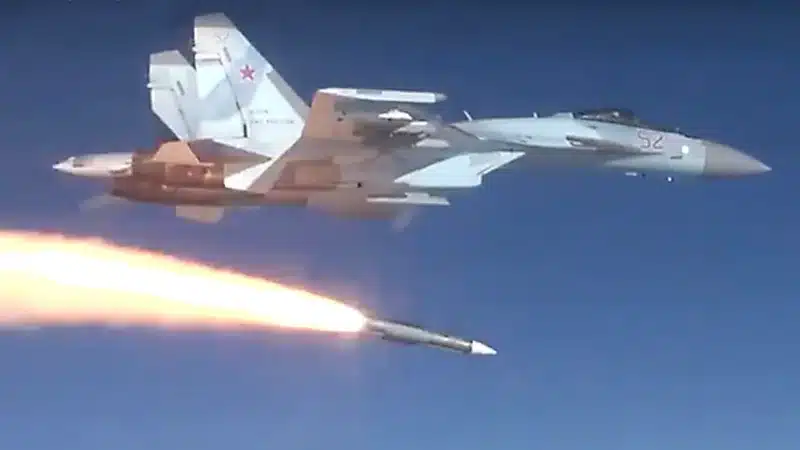A few days ago, the US Air Force announced the first order paving the way for a future order for 26 E-7A Wedgetail early warning aircraft to partly replace its 34 E-3 Sentry which entered service between the end of the 70s and the mid-80s, and which are beginning to noticeably mark the weight of the years. If this order will indeed make it possible to renew a critical capability for American air power, it is also significant that the US Air Force has favored, with this decision, a relatively economical solution based on an aircraft initially designed for export by Boeing. Clearly, the US Air Force's E-7A Wedgetails will have a transition function, pending the arrival of aircraft ensuring this same type of mission, but adapted to the new reality of the threat marked by aircraft much more difficult to detect and air-to-air missiles whose range now exceeds 200 km.
The threats that affect the Awacs fleet concern in the same way the very imposing fleet of air-to-air tankers of the US Air Force, by far the most powerful on the planet with nearly 550 tankers representing more than 80% of the fleet. world of devices of this type. Indeed, like the E-3 Sentry, the KC-135 stratotanker, KC-10 Extender and KC-130 Hercule can no longer operate near the lines of engagement of a symmetrical opponent, as can the be Russia or China, both the risks in terms of long-range air defense but also of hunters equipped with very long-range air-to-air missiles such as the Russian R37M or the Chinese PL15, are significant. Unfortunately, the same goes for Boeing's KC-46A Pegasus, ordered by the US Air Force in 2011 at the expense of Airbus' A330 MRTT, at 179 copies to replace the oldest KC-135s.

Despite repeated problems during the development of the KCx program, the first KC-46A Pegasus was delivered in 2019 to the US Air Force, and 70 aircraft have joined US operational units to date while the remaining aircraft will have to be delivered by the end of the decade. A second program, designated KCy, was to take over from the KCx program, to replace the remaining KC135s, over 160 aircraft, over the next decade. Opposing mainly, as previously, the Boeing KC-46A on the one hand, and the Airbus A330MRTT this time associated with Lockheed-Martin, this program seemed relatively open up to now, the volume making it possible to neutralize the effects of the near-existing fleet of KC-46As within the USAF. Unfortunately for Airbus, and to a lesser extent for Boeing, neither the Pegasus nor the MRTT offers significantly better survivability than the aircraft currently in service, even if these new tankers will be able to receive reinforced self-defense systems consisting of decoys, high-energy radar and laser jammers. Indeed, the US Air Force has just announced that the KCy program would be reduced to 75 aircraft, so as to free up credits and capacities for the KCz program which must precisely develop a system capable of responding to these threats.

The rest of this article is for subscribers only
The Classic subscriptions provide access to
all articles without advertising, starting at € 1,99.
Newsletter subscription
Register for the Meta-Defense Newsletter to receive the
latest fashion articles daily or weekly


[…] US military finance 2024, unveiled some plans and modified others, such as acquiring additional KC-46As rather than continuing the KCy competition, to free up funds for the development of the tanker aircraft program Kcz […]